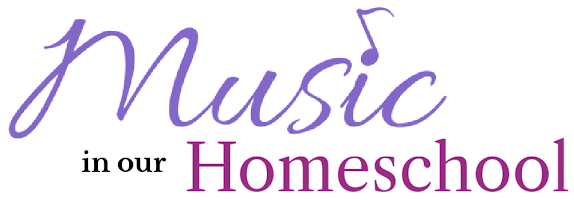CHEK Preschool Music and Movement Class
2025-2026 (28 55-minute classes, $10/class, payable for the full year)
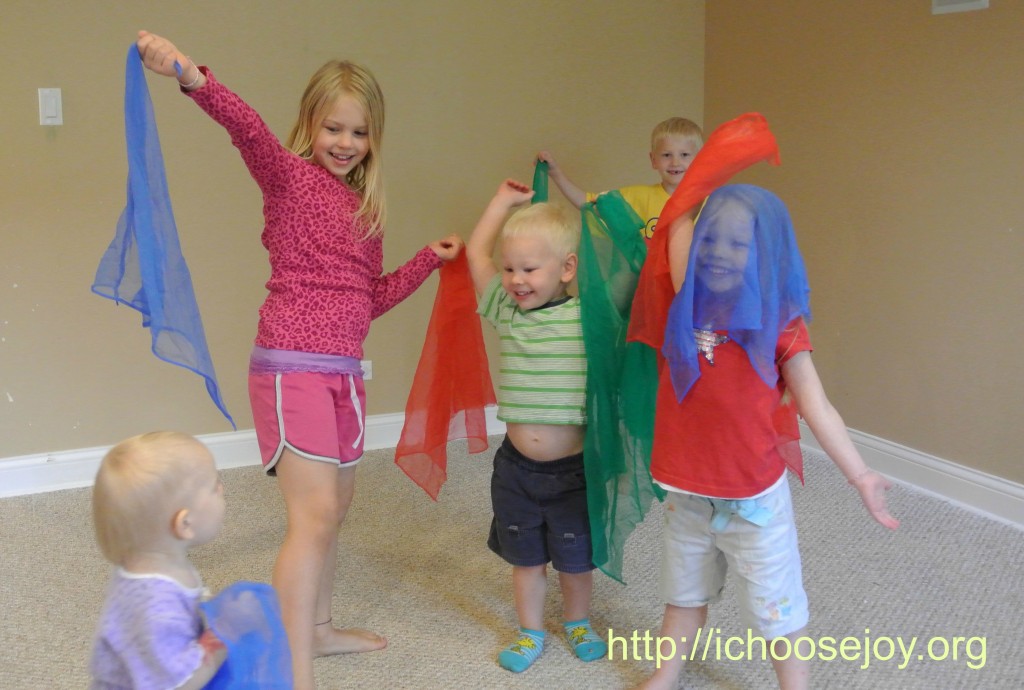
Who is your teacher?
Gena Mayo is a homeschooling mom of 8 (ages 24 down to 12), and has a Bachelors degree in Music Education and a Masters degree in Vocal Pedagogy (voice/singing lessons). She is a certified early childhood music and movement instructor through Musikgarten and has taught in-person early childhood classes since 1998.
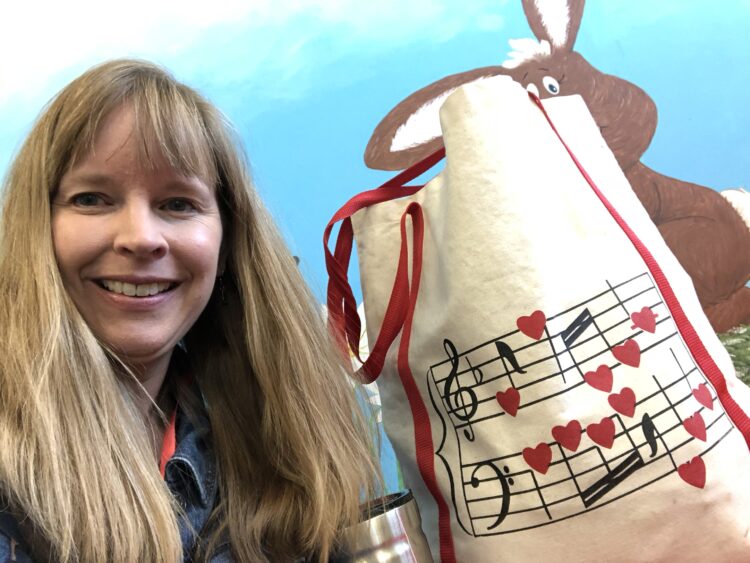
Who is this class for?
Any preschooler (3, 4, or 5 years old) enrolled at CHEK (Christian Home Educators of Kenosha).
Parent may join the class, but it's optional. I do need one helper each week, though.
Minimum 5 students, maximum 10 students.
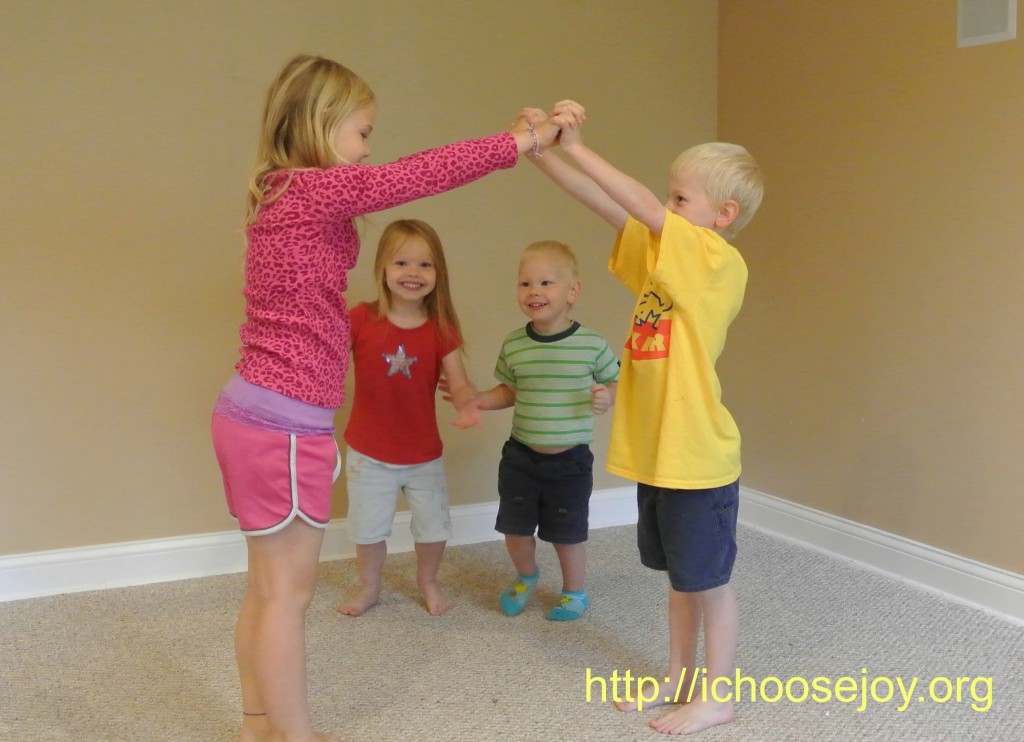
When will it be taught?
It's a long-running class, so we'll meet every Friday. There will be 28 class sessions for the 2025-2026 co-op year.
The class will be 55 minutes long: 10:00- 10:55 a.m.
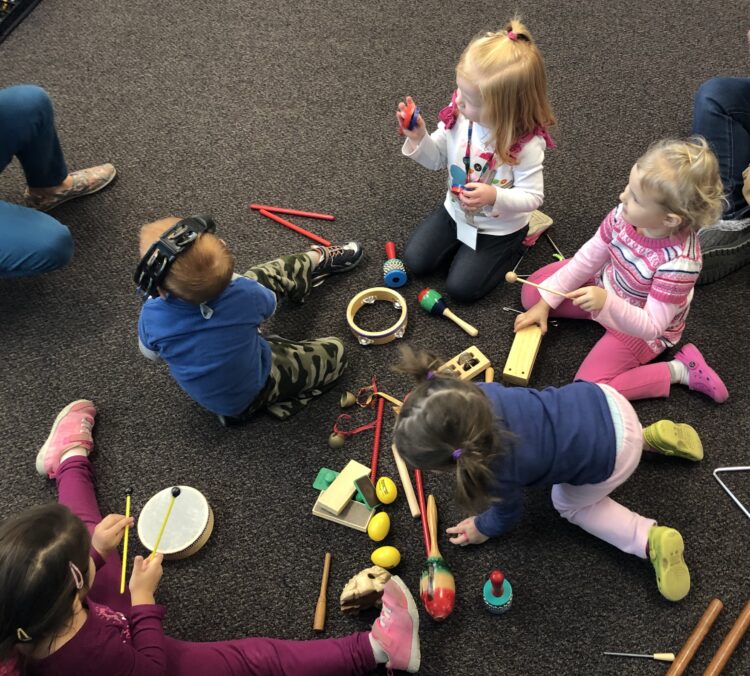
What will my child do in the class?
In an early childhood music and movement class for preschoolers, the focus is on nurturing a child’s natural musical ability through play, movement, and exploration. The classes are designed to be joyful and engaging while laying a strong foundation for future musical learning. Here's what a typical class might include:
1. Welcome and Gathering Time
- The class starts with a welcome song to create a sense of routine and community.
- Children greet each other by name through singing, which helps build social skills and musical listening.
2. Movement Activities
- Creative movement using scarves or hoops to explore different ways of moving to music.
- Structured movement games like walking, skipping, jumping, or tiptoeing to different tempos, dynamics (loud/soft), or rhythms.
- Circle dances (often with a parachute) that encourage coordination and cooperation.
3. Rhythm Instrument Exploration
- Hands-on time with simple percussion instruments such as:
- Drums
- Shakers
- Tambourines
- Rhythm sticks
- Children learn to play to different beats, mimic rhythms, and explore sound dynamics.
4. Singing and Vocal Play
- Engaging in simple songs with repetitive patterns to encourage singing along.
- Echo singing and call-and-response games help develop pitch-matching and listening skills.
- Vocal exploration exercises, like making animal sounds, help children discover different vocal ranges.
5. Listening Activities
- Listening to short pieces of classical or folk music.
- Identifying sounds (e.g., high vs. low, fast vs. slow).
- Incorporating storytelling with sound effects to develop auditory discrimination.
6. Musical Storytime
- Using music-themed picture books or stories with songs and sound effects.
- Encourages imagination and connects music to literacy skills.
7. Focused Listening and Relaxation
- Quiet time with soothing music encourages relaxation and mindfulness.
- Helps children learn how to listen attentively and wind down after active play.
8. Pretend Play with Music
- Using music to inspire imaginative role-play (e.g., pretending to be animals or different characters).
- Helps children connect movement and music creatively.
What Skills Are Developed?
- Language Development: Vocabulary growth through songs and stories.
- Musical Skills: Beat, rhythm, pitch matching, and musical memory.
- Motor Skills: Coordination, balance, and gross motor development.
- Cognitive Skills: Listening, memory, and pattern recognition.
- Social-Emotional Skills: Cooperation, sharing, and self-expression.
